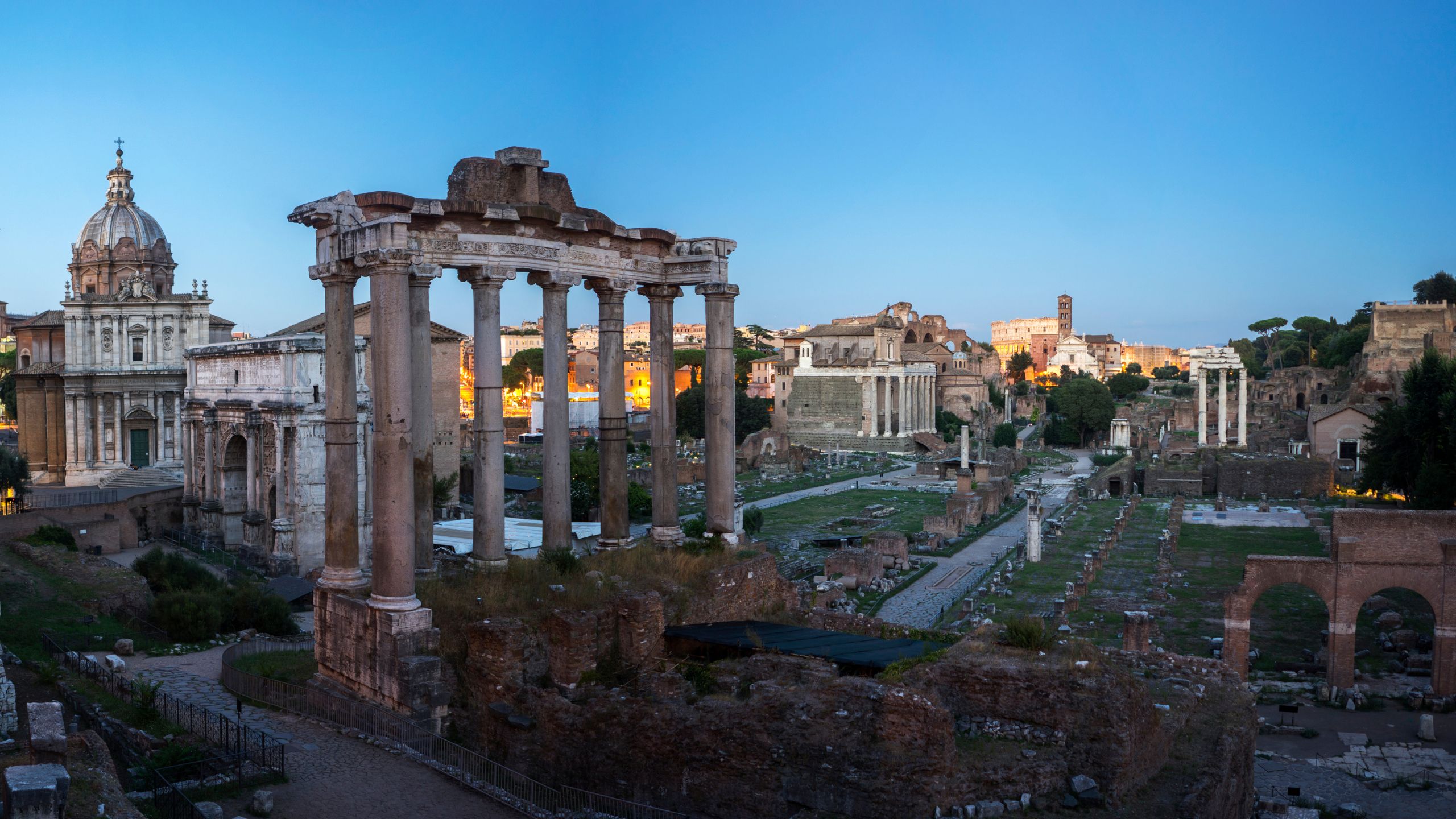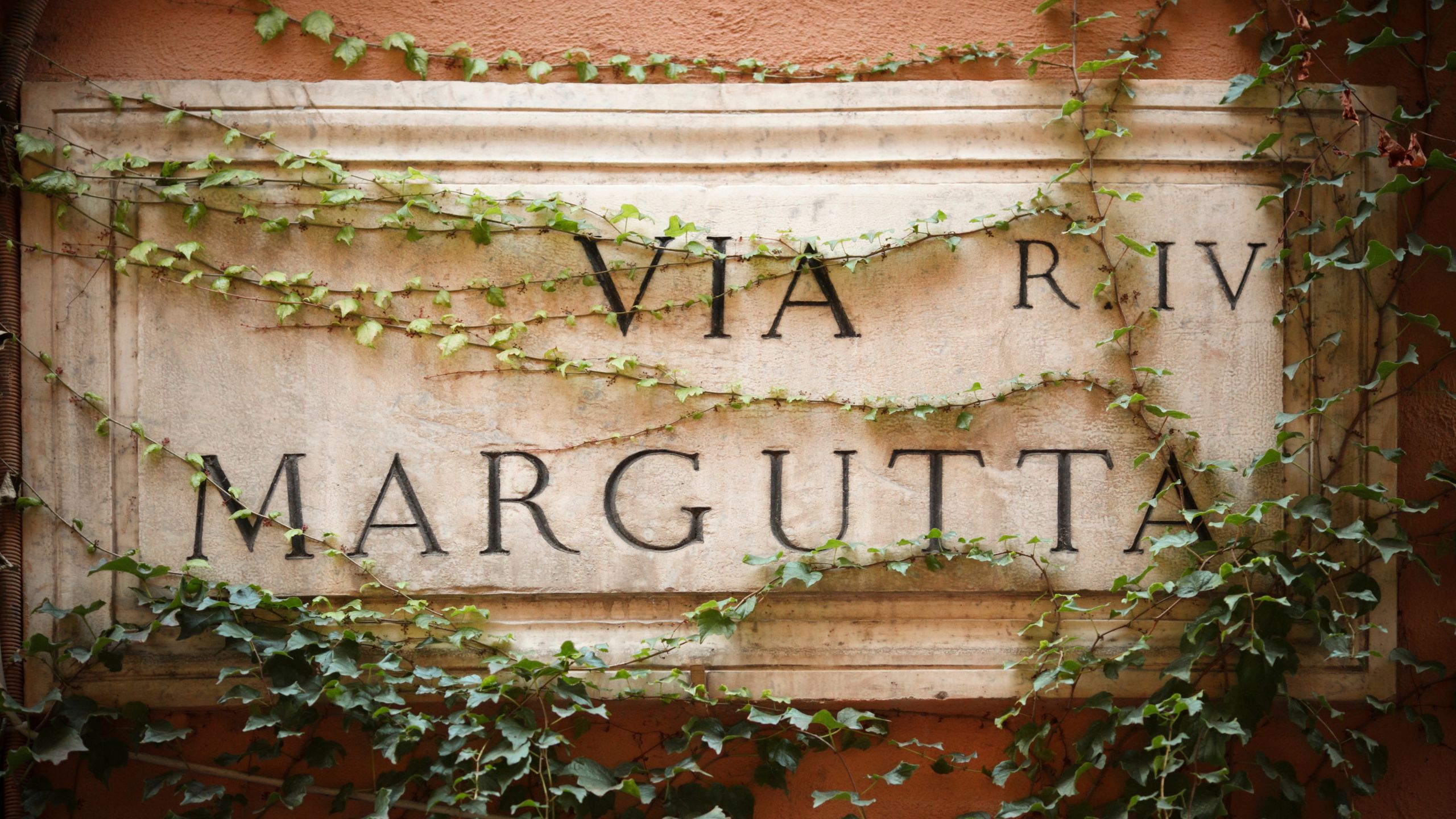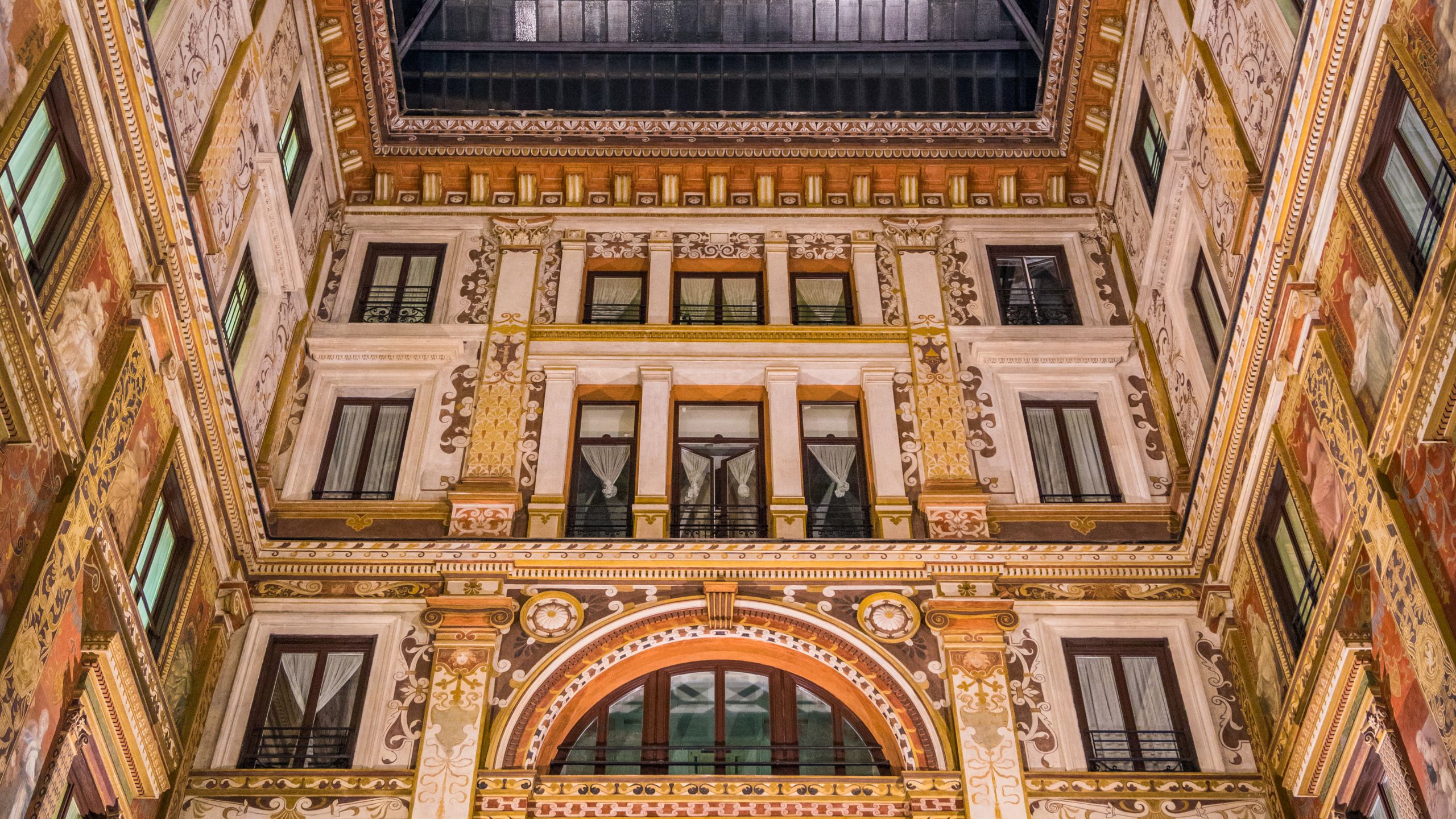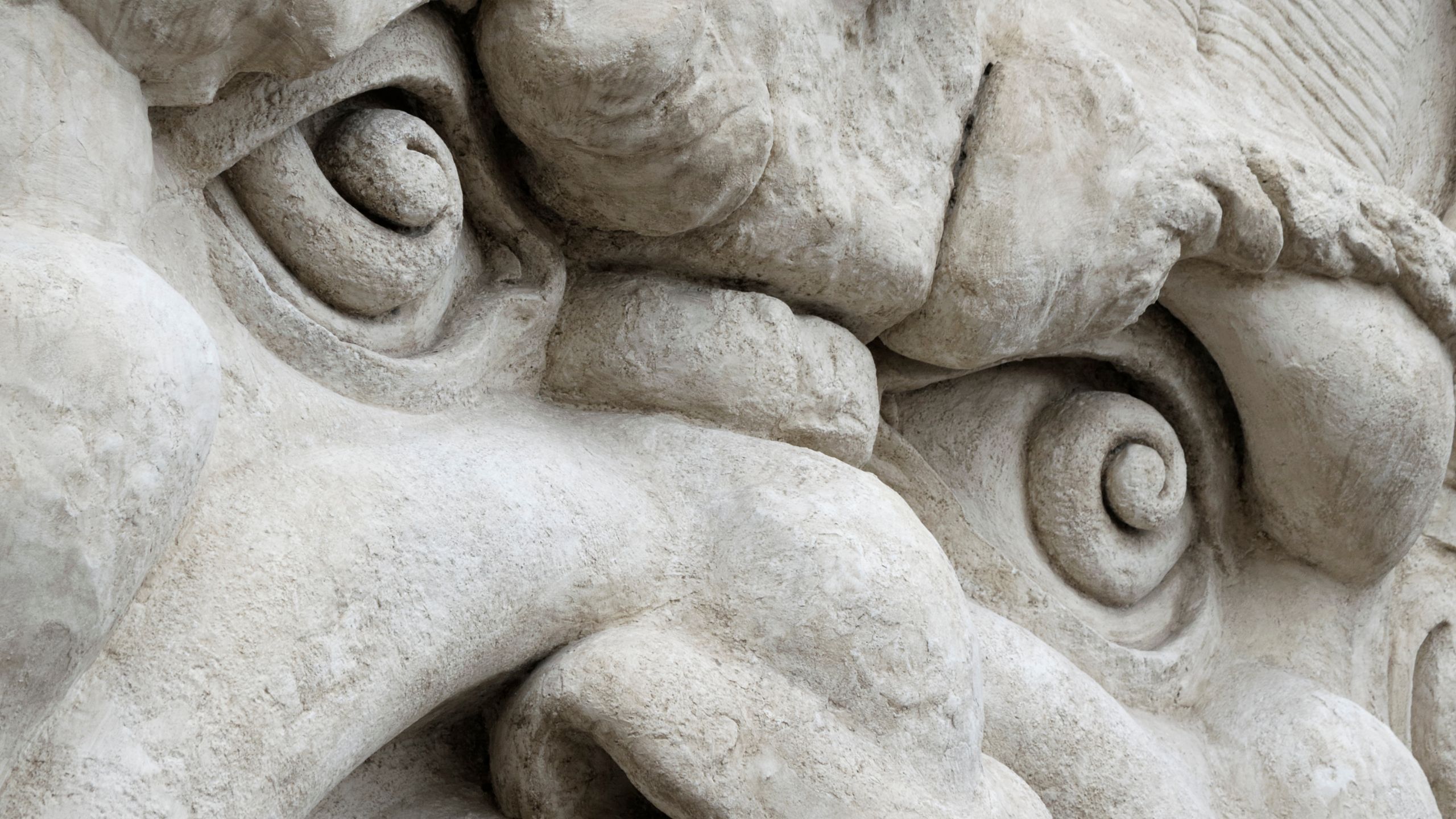Roman Holidays: Walking through ancient Roman history along the Imperial Forums
One of Rome's most fascinating gems is the area of the Imperial Forums, a series of public squares built over a century and a half by Roman emperors. This article will guide you through an unforgettable stroll along these historic forums, unveiling the secrets and wonders of every corner.
A Bit of History
The Imperial Forums in Rome are considered one of the most important archaeological sites in the world and represent an exceptional example of ancient Roman urban planning and architecture. The construction of the Imperial Forums began in 46 BC under Julius Caesar and continued for over a century and a half, with further developments made by subsequent emperors such as Augustus, Vespasian, Nerva, and Trajan. These public spaces were mainly intended for political, administrative, and religious functions, serving as the center of Roman imperial power.
What to See During a Stroll through the Imperial Forums
The Forums comprise a series of monumental buildings, temples, triumphal arches, colonnades, and markets. The most notable ones include:
Forum of Caesar: Inaugurated in 46 BC, it's a fundamental historic structure in the heart of Rome, representing the first expansion of the Roman Forum. Initiated by Julius Caesar, this forum was dedicated to Venus Genetrix, the ancestor of the Julia gens to which Caesar belonged. Characterized by a large porticoed square and the majestic Temple of Venus Genetrix, the Forum of Caesar was not only a political and religious center but also a place of bustling commercial and judicial activity, reflecting Rome's expansion and growing importance in antiquity. Although today only fragments of its imposing structures remain, the Forum of Caesar continues to be a site of historical and archaeological significance, bearing witness to the engineering and urban ambition of ancient Rome.
Forum of Augustus: Inaugurated in 2 BC, it's another crucial element of Rome's Imperial Forums, built by Emperor Augustus to commemorate his victory over Julius Caesar's assassins. This forum was dominated by the Temple of Mars Ultor, dedicated to Mars, the god of war, whom Augustus invoked as the avenger of Caesar's assassination. Designed as a space to exalt justice and the power of the Roman Empire, the Forum of Augustus was renowned for its majestic architecture, including exedrae with statues of important Roman figures and precious marbles. Besides being a political and cultural center, the forum also served as a venue for legal proceedings. Although the ruins of the Forum of Augustus, though partially preserved, still offer a glimpse of the splendor and importance of this space in the public life of ancient Rome.
Forum of Vespasian: Erected during the reign of Emperor Vespasian in 71 AD, it constituted one of the most significant additions to Rome's Imperial Forums. Mainly characterized by the Temple of Peace, this forum was conceived as a monument to the stability and prosperity of the Roman Empire after the period of turmoil following Nero's death. The Temple of Peace, renowned for its architectural magnificence and the artworks within, also served as a repository for war treasures and as a venue for religious and diplomatic ceremonies. The Forum of Vespasian served as a center for political, commercial, and religious activities, reflecting the crucial role of Rome as the capital of a vast empire. Despite its structures having been largely destroyed over the centuries, the ruins of the Forum of Vespasian continue to be a testimony to the greatness and complexity of ancient Rome.
Forum of Nerva: The Forum of Nerva, situated in the heart of ancient Rome, was built by Emperor Nerva between 97 and 98 AD to celebrate his brief but significant reign. This forum was the smallest of the imperial forums but still represented an important center of public and commercial life. The complex included a vast square, porticos adorned with columns, a temple dedicated to Minerva, and a large atrium. Although the Forum of Nerva never reached the same grandeur as its predecessors, such as the Forum of Caesar or the Forum of Trajan, it still remains a precious example of Roman architecture and its importance in the daily life of the ancient imperial capital. Today, the remains of the Forum of Nerva offer visitors a fascinating window into the history and grandeur of ancient Rome.
Forum of Trajan: One of the most magnificent monumental complexes of ancient Rome, commissioned by Emperor Trajan and completed in 113 AD. This complex, situated between the Forum of Augustus and the Forum of Caesar, occupied an area of over 300 meters in length and included a vast square, a large market, the famous Trajan's Column, and the remains of the Temple of Trajan. The Forum served as the political, religious, and economic center of the city, representing the power and grandeur of the Roman Empire. Trajan's Column, erected to commemorate the victories of Emperor Trajan against the Dacians, is one of the most iconic monuments of the forum, adorned with intricate carved reliefs narrating the emperor's military campaigns. Today, the Forum of Trajan remains an imposing testimony to Roman engineering and its rich history, attracting visitors eager to immerse themselves in the ancient greatness of Rome.
Through the ruins of these ancient squares, porticos, and temples, we are able to delve into the historical and cultural events of an era so distant yet still so influential. Walking among the fallen columns and imposing ruins, we are invited to reflect on Rome's glorious past and its lasting legacy in the modern world. A stroll through the Roman Forums is more than just a journey through time; it's an experience that deeply connects us to the history and greatness of humanity.




